Too Wild For Scotland? (part 2)
“Ironically, the species regarded by many as a threat and menace to our survival, has turned out to be a test of how likely we are to achieve a sustainable relationship with the natural world.”
Marco Musiani et al., A New Era for Wolves and People

The Scottish Highlands contain some of Europe’s least populated landscapes, with more than enough space and wild prey to support free-ranging wolves; and yet Scotland remains notably wolf-less. A recent analysis placed the UK last amongst the G7 countries, when ranked for how much of their native biodiversity they retain. Across the whole of the EU, only Ireland and Malta have lost more. But while the low density of people in the Highlands may make the region appear ideally suited to a wolf reintroduction, there are many factors which make this prospect unlikely, at least for now.

The Scottish Highlands has more than enough space and prey to support wolves, and yet Scotland remains wolf-less.
Wolves are large powerful animals, capable of killing a 500kg bison, but non-rabid predatory attacks on humans have become vanishingly rare in the last hundred years. Today, in places where wolves were never exterminated, communities report few concerns about wolf attacks. But there are other places in Europe where people report being afraid to let their children walk to school, or even to let their dog out, for fear of hungry wolves. Typically, these are places where wolves have only recently reappeared, where the challenge of living with predators is unfamiliar, and where the threat they pose appears correspondingly magnified. It would likely be similar in Scotland, if we ever elected to restore wolves.
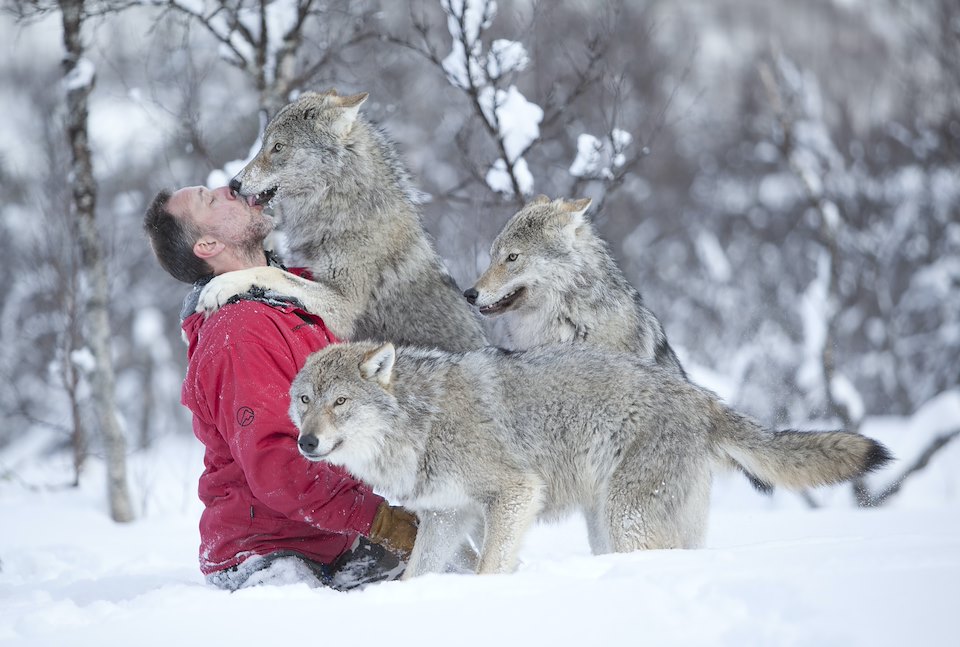
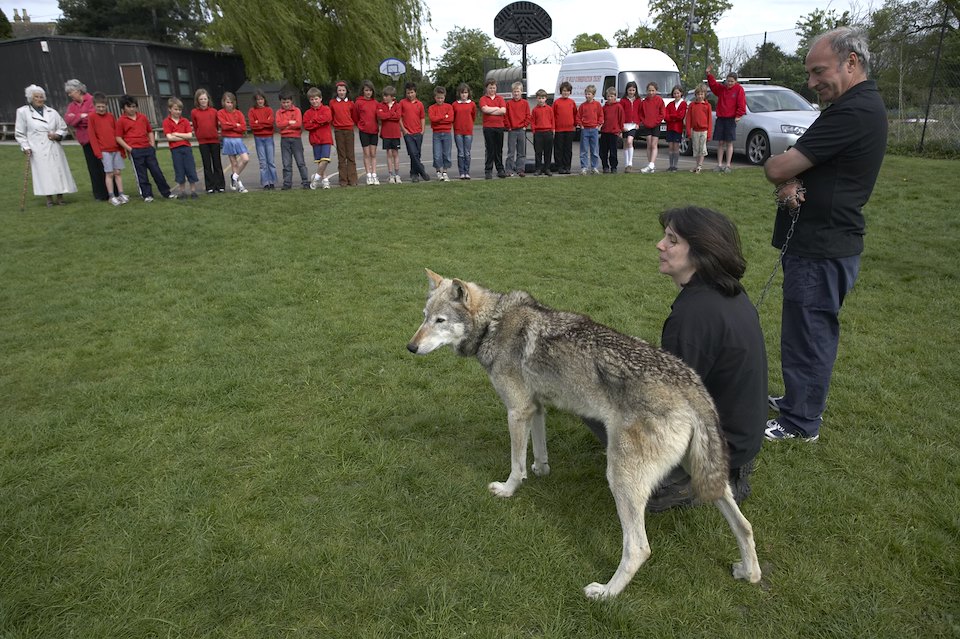
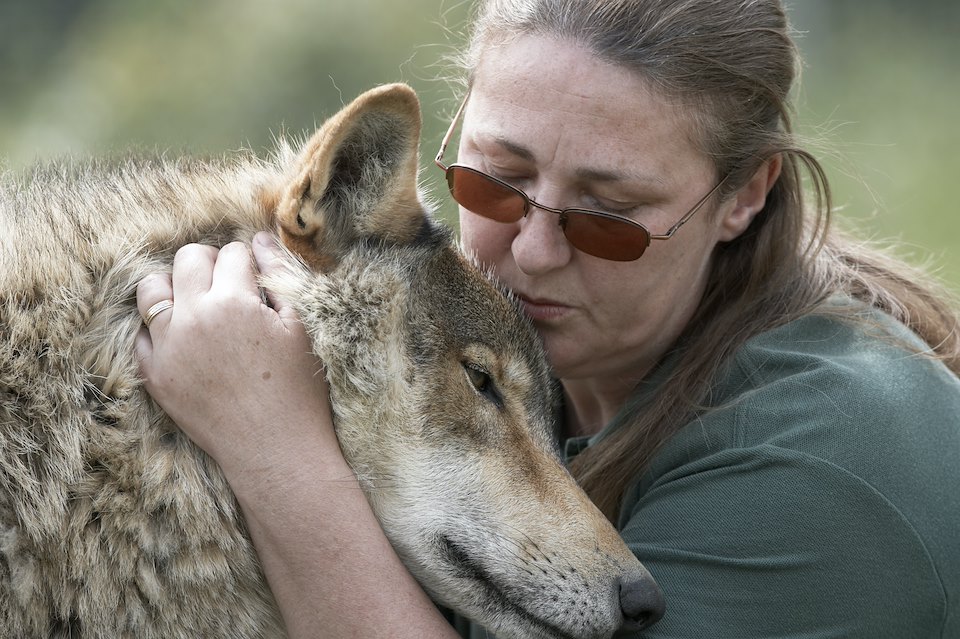
Despite widespread education efforts to dispel the notion that they pose a significant danger to people, there remains a stubborn societal fear of wolves.
A SHEEP AMONGST WOLVES
In reality, domestic dogs are far more likely to attack humans than any wolf, but our canine companions do not elicit the same primal fear as their wild cousins. The jangling tension we feel when things go bump in the night – that old Pleistocene reflex – helps explain this disproportionate response, but the modern wolf has survived millennia of persecution by developing a deeply rooted fear of Homo sapiens; wolves have learned to avoid us. The far more likely risk with reintroduced wolves would be attacks on livestock. Of course, there are ways to mitigate this threat and farmers do coexist with wolves in other countries, but rarely amicably so.
This reality cuts two ways. On the one hand, it would be disingenuous to suggest that a large predator would not create any problems for Scotland’s farming community. On the other hand, if everyone were to adopt the attitude that wolves (or lions, or tigers) were simply too problematic to tolerate, our world would be greatly diminished, and global biodiversity declines would continue to accelerate. If the small island nation of Sri Lanka – with three times as many people – can find room for elephants and leopards, and if even countries like Belgium and Denmark can protect breeding wolves, what makes Scotland different?
Part of the issue is that our modern farming system has developed in the absence of large predators. In 2019, the UK was the largest sheep and lamb producer in the EU, with 14 million breeding ewes producing 17 million lambs. These sheep are left unattended for most of the year, with attacks by domestic dogs or wild animals (mostly corvids and foxes) too infrequent, and the economics of hill farming too marginal, to justify employing full-time shepherds.
Reintroducing wolves into a landscape with so many unsupervised domestic animals would be asking for trouble. We know that in other parts of Europe where sheep are left unattended, conflict with wolves is common and annual wolf mortality – mainly due to illegal killing – can exceed 50%. All this suggests that unless and until traditional shepherding makes a comeback, wolves are unlikely to be tolerated in the Highlands.

For now at least, sheep farming continues to underpin the economic and social fabric of many rural communities.
However, shrinking domestic demand, collapsing export markets, and changes in subsidy regimes make the future of upland sheep farming hard to forecast. A different industry could emerge post-Brexit with the development of more artisanal production. If hill farms were then supported to reincorporate traditional shepherding, it could make wolf tolerance more likely.
This is the situation in Spain’s agricultural plain, which supports low densities of wild prey, and yet hosts a thriving wolf population. Few would imagine this largely treeless landscape would be ideal for wolves, but the sheep here are accompanied by shepherds during the day and penned in at night to prevent them from invading crop fields, leaving few opportunities for wolf attacks. With this source of conflict largely eliminated, shepherds display much more tolerance of wolves.
There is something else that makes the Scottish situation different. The wolf will never make its way back to our shores unaided, and so its return will require a conscious choice, with any reintroduction demanding public support and political will. Where the wolf has recolonised its old European haunts naturally, there has been nobody to blame. But if the wolf was brought back to Scotland, the blame for every subsequent livestock attack would be laid at the door of those who had made the decision to reintroduce the wolf. It’s a perfect media storm.

The wolf will never make its way back to our shores unaided.
Happily, precedents exist for successful reintroductions. Red wolves were returned to North Carolina in 1987 and grey wolves into Yellowstone in 1996, but neither journey has been straightforward. And even in those places where wolves have re-established themselves naturally, conflict persists. Returning wolves are resented as much for the changes they threaten as for the material losses they may cause, sentiments that become amplified when wolves are made totems for a wider rewilding agenda, or surrogates for more generalised resentment towards authority.
Compensation schemes are often suggested as a way to promote coexistence, but in practice, such schemes have proven remarkably ineffective at improving predator tolerance. There are issues with verifying claims, bureaucratic hold-ups, and arguments over the value of animals, while conservationists have expressed concern about perversely incentivising poor livestock husbandry. European farmers are now eligible for compensation for all direct and indirect losses attributed to wolves. They may also receive financial support for protection measures, but many farmers still resent the return of wolves. This is not just an issue about money.
CULTURAL CONFLICTS
At the root of much anti-wolf sentiment is the fact that the wolf continues to embody a very contemporary tension between rural “traditionalists” and “progressive” urban authorities. In Norway, killing a wolf has come to be viewed by some as an act of resistance, symbolic of defiance against outsiders who presume to tell people born on the land how their farms should be managed.

For many Norwegian farmers and hunters, the wolf is less of a threat to their livestock and more to their traditional way of life.
Awareness of this problem has been growing, with conservationists belatedly waking up to the fact that much human-wildlife conflict originates in social identity and cultural norms. But addressing deep-rooted prejudices is harder than mitigating relatively straightforward real-world conflicts, and so progress navigating these human dimensions of conflict remains slow.
Of course, not every rural community opposes predators. Even negative attitudes vary in their degree, raising hope that people’s values can change, and a culture of tolerance can be learnt. In the adjacent Pyrenean municipalities of Haute-Garonne and Ariege, neighbouring communities live alongside the same small bear population. These communities express attitudes towards the bears which are contrastingly positive and neutral-to-negative, neatly illustrating the importance of local culture, economics and even politics in influencing human relationships with predators.
WOLVES WITH BENEFITS?
Overcoming predator antipathy requires conservationists to be forthright about the potential risks posed by reintroduced carnivores, and resourceful in the search for local solutions. We should remember that even positive feelings towards predators may be quickly tempered by the realities of coexistence. However, focusing exclusively on negative impacts can also exaggerate fears, and so equal effort should be dedicated to highlighting potential benefits.
So, what possible benefits could wolves offer farmers? There are shepherds in India who take the view that wolves help keep their sheep fit and healthy, but we should not kid ourselves that this philosophy will find much traction in Scotland. Here, the case for wolves may best be built on multiple pillars: the potential for wolf tourism; conservation payments for those living and working in “wolf zones”, including funding for traditional shepherds; a useful reduction in fox predation; and the possibility of premium pricing for “predator-friendly” livestock products. Facing an uncertain future, farmers might be encouraged to reflect on the marketable advantages of being perceived to be in harmony with nature, rather than a state of chronic conflict.

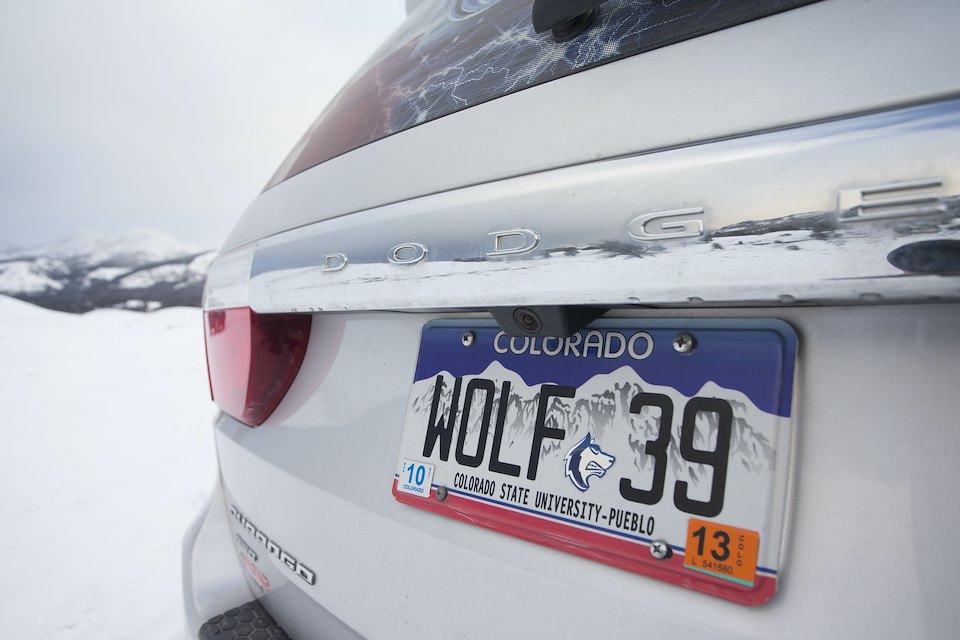
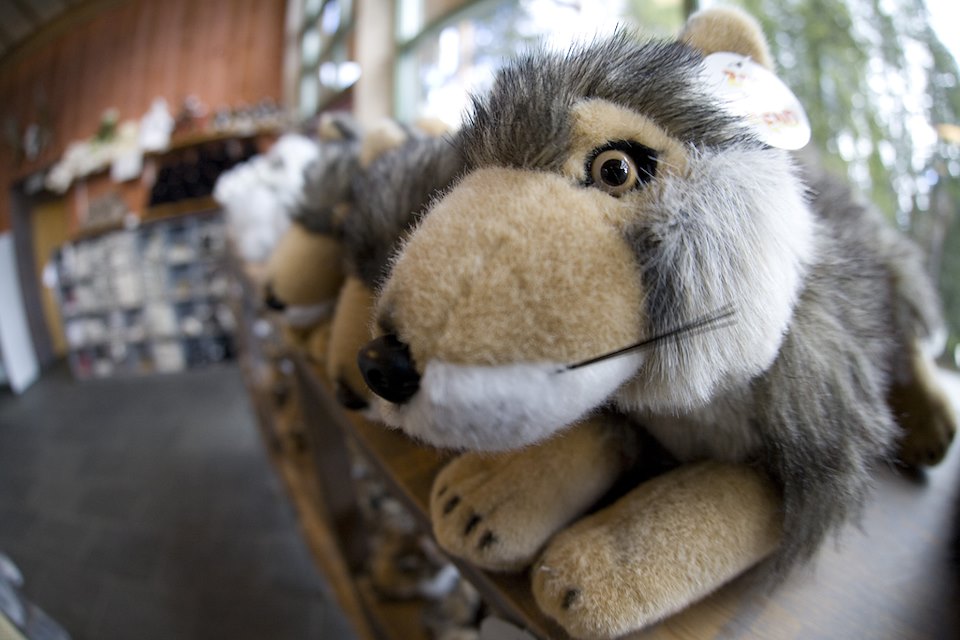
Wolf tourism in Yellowstone is reportedly worth $30m each year.
Much has also been made of the wolf’s potential to catalyse trophic cascades, a phenomenon whereby changes in the abundance of one keystone species can lead to a “cascade” of changes in an ecosystem. In Yellowstone, the wolf’s reintroduction was followed by a sudden growth in aspen and willow, which in turn was linked to a host of other increases in biodiversity. Early on, some scientists suggested that fear of wolves was promoting these changes by keeping deer away from the riparian zone, releasing trees from browsing pressure. Others suggested that wolves had directly impacted deer numbers enough to catalyse the positive changes.
These ideas have captured the public imagination, but the published science supporting this theory remains inconclusive. Some conservationists have even expressed concern that uncritically framing the wolf as an ecological saviour may be setting it up to fail. This uncertainty about the wolf’s capacity to mediate trophic cascades has led others to calculate that, in Scotland, maintaining the high densities of wolves necessary to meaningfully regulate deer numbers would only be possible within fenced reserves. But while fencing in wolves might appeal to some, penning them in would present its own problems, threatening Scotland’s access rights and falling foul of zoo legislation that forbids predators from being fenced in with their prey.
In South Africa, wild dogs exist across a network of fenced reserves too large to be compared with zoos, and yet each of these reserves may still only support one or two packs. Packs are thus isolated from one another creating the need to periodically move animals between reserves to maintain gene flow. However, establishing a similar network in Scotland would be unlikely to satisfy those who value the wolf’s quintessential wildness, or those who believe that the goal of conservation should be to maintain self-sustaining populations of free-ranging animals amidst human-dominated landscapes, as now occurs across mainland Europe.
We may yet live to hear wolves howling in our long-silent glens; I hope we do. We know Scotland has the ecological capacity to support them but for now, at least, we lack the ‘social capacity.’ If we ever hope to reintroduce wolves in Scotland, we must learn from past mistakes with other species and from experiences elsewhere in Europe. We must listen to those who express concerns and have systems in place to mitigate impacts on lifestyles and livelihoods. We must reconcile the public to the option of lethal control for problem wolves. Most importantly, we must ensure that those whom we ask to coexist with wolves will derive benefits from doing so. Only then can we be sure that any reintroduction will be a success. Only then can we be confident that the wolf’s return will be for good.

